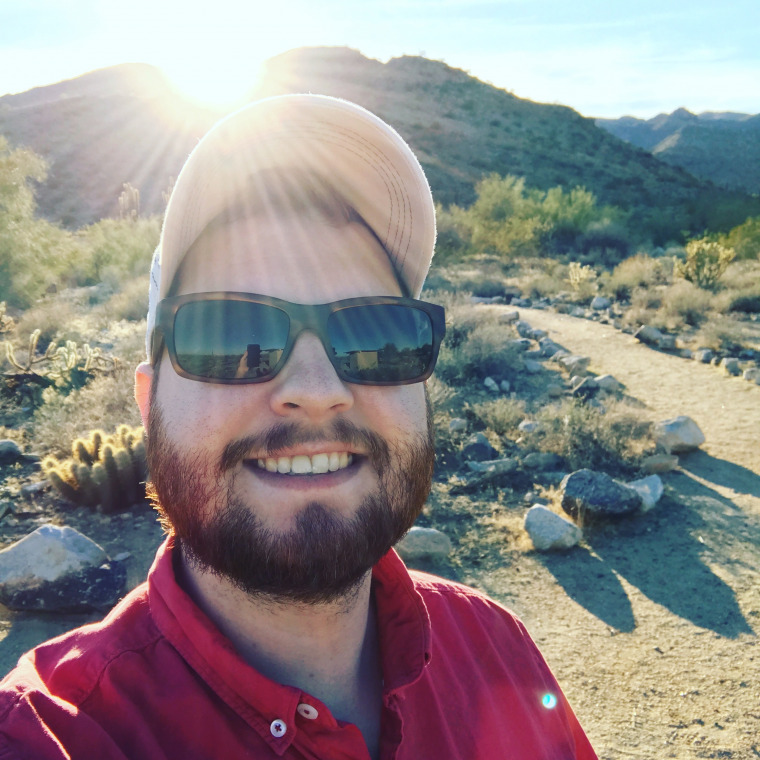Trevor McKellar

I am a 3rd year PhD student in the Department of Soil, Water and Environmental Science. For the past few years, I have been working to improve drought monitoring techniques across the southwestern United States by incorporating soil moisture modeling. With the NASA Space Grant, I am taking this project to the next step and developing a drought monitoring online exploratory tool (yet to be named) that will aid local rangeland managers by identifying which drought monitoring technique best represents soil moisture conditions on their land, helping them make better informed management decisions.
The amount of online drought monitoring indices available to local rangeland managers and livestock producers has increased significantly in recent years, complicating interpretation of which index best represents drought stress conditions to the average user. These indices can represent different aspects of hydroclimatic variability within soils and thus objectively identifying the index that best represent drought effects on rangelands remains a significant gap for applying available climate information to land management actions. Developing a drought monitoring online tool will address this issue by acting as an educational resource that successfully communicates to land managers which index best represents drought stress conditions of their ecosystem, removing the demand on users of needing to make complex interpretations between indices. Additionally, the online tool will allow users to explore how past drought events were represented by different indices through a series on interactive graphs. The drought monitoring online tool will consist of three main components. The first will identify which drought index best represents water stress conditions for different soil types compared to modeled soil moisture. The second will allow users to view how past drought events were represented by different drought indices, climate variables and modeled soil moisture through a series of interactive graphs. The third component will allow users to view how past drought events were represented by local vegetation monitoring data, different vegetation monitoring indices and modeled soil moisture. In the complex semi-arid environment of the southwest, this has the potential to be a robust resource for combating future drought impacts related to climate change.

